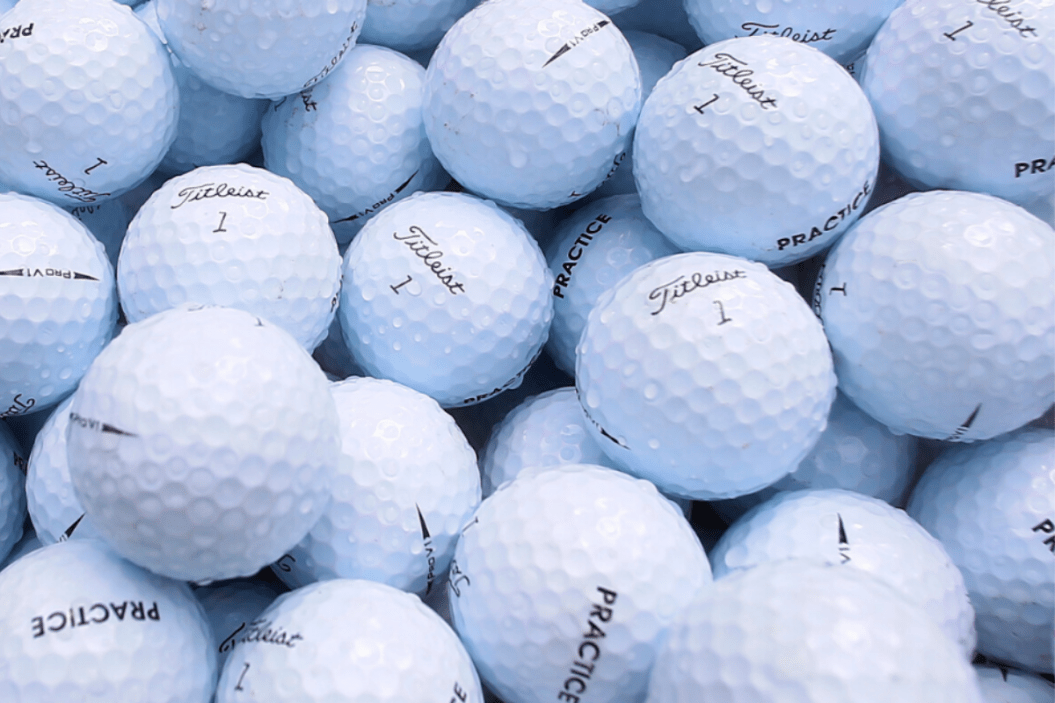The golf ball is such an amazing invention. It brings all walks of life together. What other thing can make you hit birds, lose your cool, dig into trash cans, take tequila shots, create ridiculous DIY projects, and cheer on flashers at a moment's notice?
Videos by FanBuzz
Thanks to science, all of this has been made possible.
The old golf ball isn't the same thing PGA golfers use today, however. According to Wonderopolis, they were made of leather and stuffed with wet goose feathers. They were even called "featheries."
It wasn't until golf ball manufacturers used heated gum of a sapodilla tree to create "gutta-perchas" and give it a perfect shape. That was in the early 1900s.
Although it was better than before, the smooth surface of gutta-perchas didn't exactly have the airflow they hoped for at golf courses. They noticed scratched and dented ones did the trick more, and by 1930, dimples became the gold standard.
The history of the dimpled golf ball is truly fascinating.
Why Do Golf Balls Have Dimples?
RELATED: The BenShot Golf Ball Beer Glass Is Perfect for Sports Bars and Golfers
Simply put, a dimpled golf ball travels further than a smooth golf ball. They also provides more control when it comes off golf clubs. Dimples create a thin layer of air pressure around the golf ball, and according to Golf.com, it cuts down drag and significantly improves the ball flight.
Golf ball dimples are also used in the ball's lift into the air and even help create that crazy backspin on the fairway you see USGA and PGA Tour professionals do so well. Aerodynamics in modern golf are a beautiful thing, right?
How Many Dimples Do Golf Balls Have?
The number of dimples on a regulation golf ball can vary, but the common number of indentations is 300 to 500 per ball, according to Golf.com.
So whether you use a Titleist ProV1, ProV1X, Bridgestone, Callaway, Srixon, TaylorMade, Top Flite, or anything else, it doesn't matter. All of them can have a different number of dimples, plus each has a unique hexagon dimple design and dimple pattern.
Over the years, the surface of the ball has changed. So has the way the ball flies, the ball's trajectory and how the ball spins. Hell, even the spin rate and lift force has changed. Higher swing speeds and launch angles and all of that add to the equation, too.
None of it would really matter or be possible without a dimpled ball.
This post was originally published on March 26, 2020.
